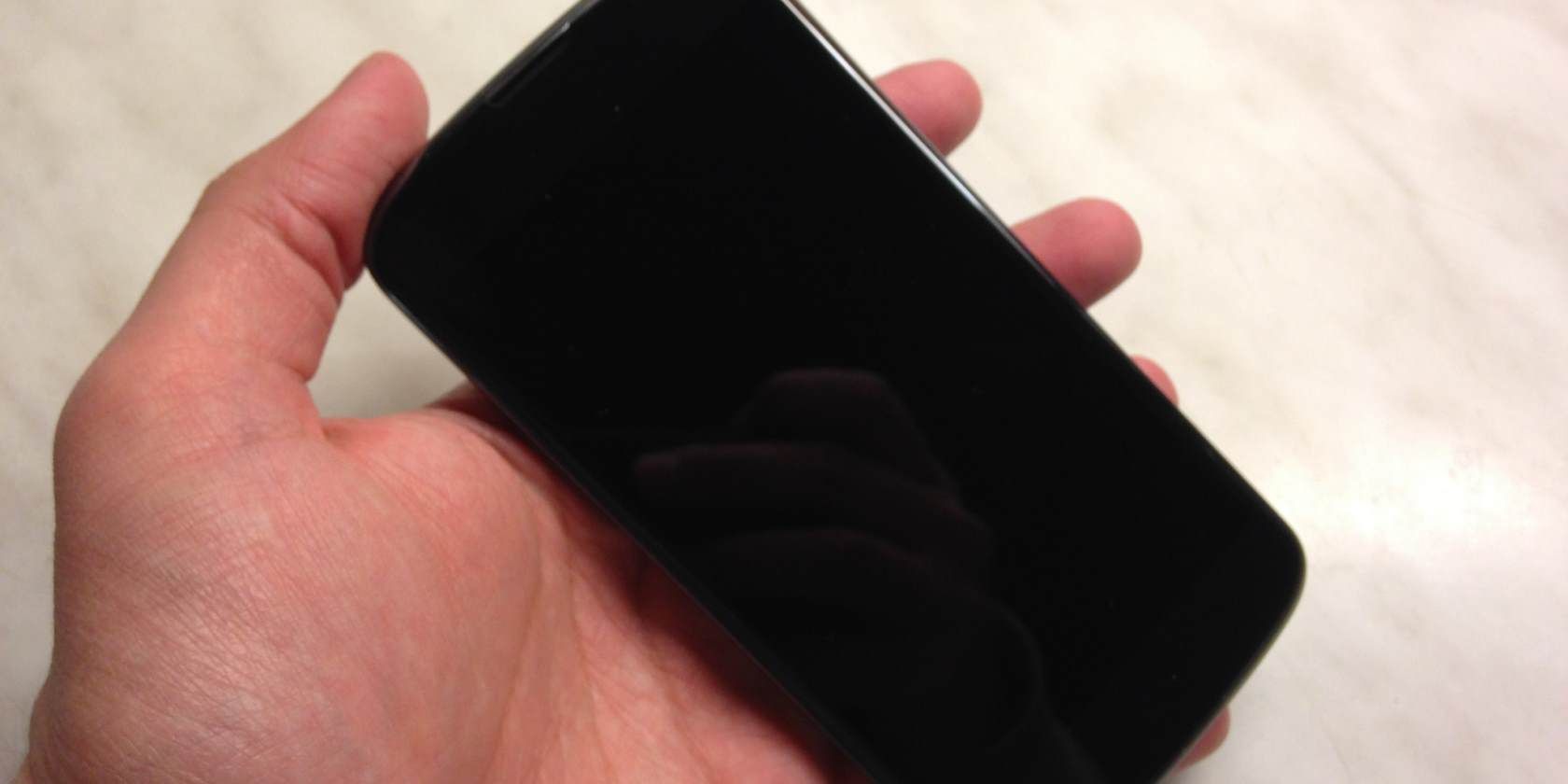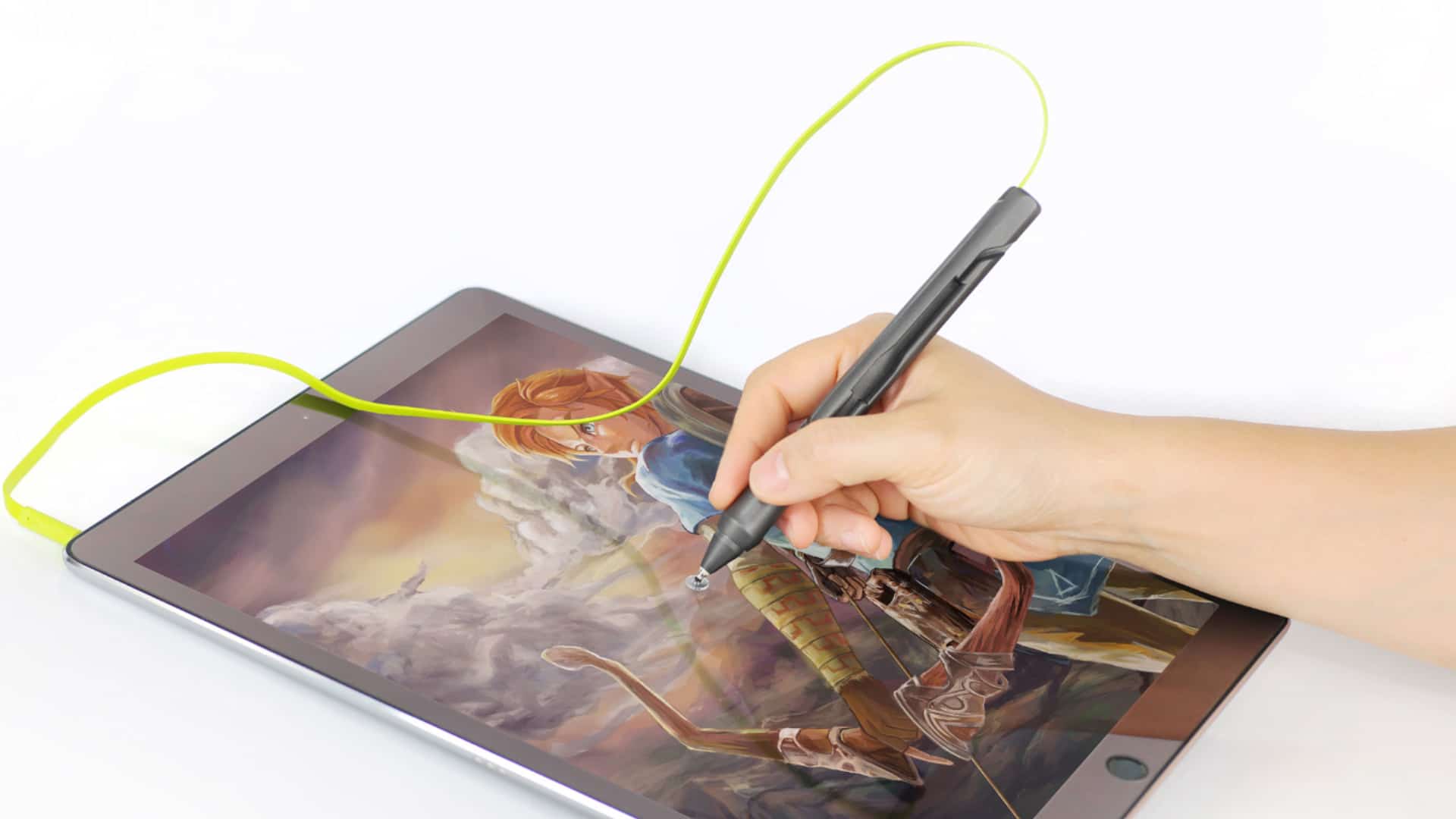

Now you can go to any dictionary app or any app where you want to enter text.

The Chinese input method should now be switched on. You will then see a list of the input methods, for the Chinese handwriting recognition, click Handwriting. You can also switch on the Pinyin input method by clicking on Pinyin – QWERTY. If you are learning simplified Chinese, then click on Chinese (Simplified), or if you want to enter traditional Chinese characters, then click on Chinese (Traditional). You will see a list of all the keyboards you currently have selected for use. Here’s how to get started writing characters into your iPhone or iPad:Ĭlick on the Settings icon on the main screen, then click General, then Keyboard, then click on Keyboards Some apps have their own handwriting recognition functions, but to get you started you can try the built in system you already have first. You don’t even have to write them exactly right, even if you get the stroke order wrong or it doesn’t look pretty, the software can usually recognise what you write – and if you use this method to enter characters into a dictionary app like Pleco or a dictionary website like nciku, then it makes looking up characters much much easier than using a regular dictionary. For iPhone / iPad users learning Chinese, it is possible to enter characters simply by writing them on the screen.


 0 kommentar(er)
0 kommentar(er)
